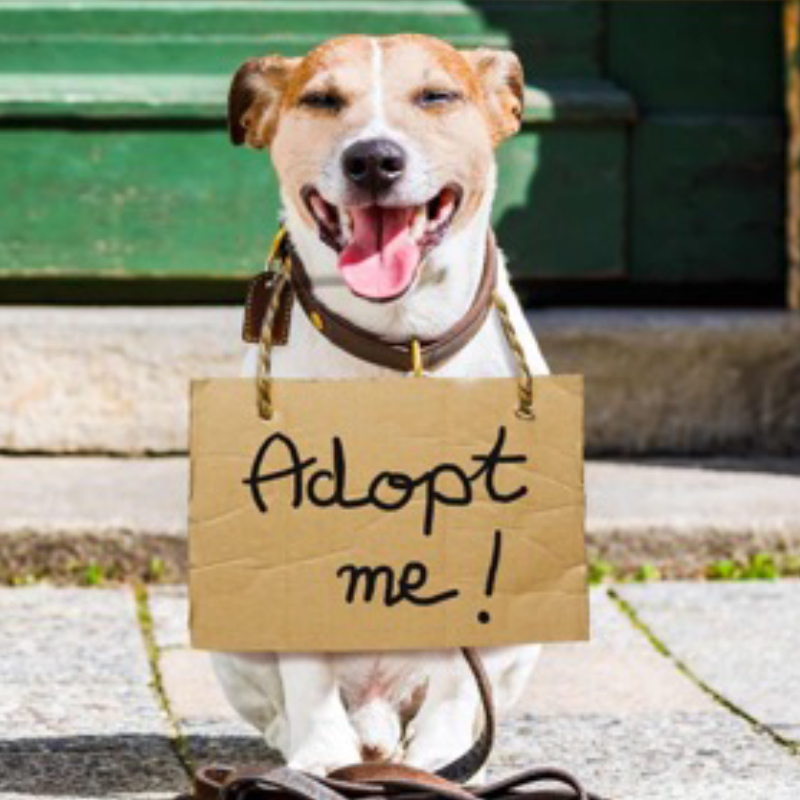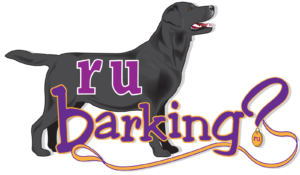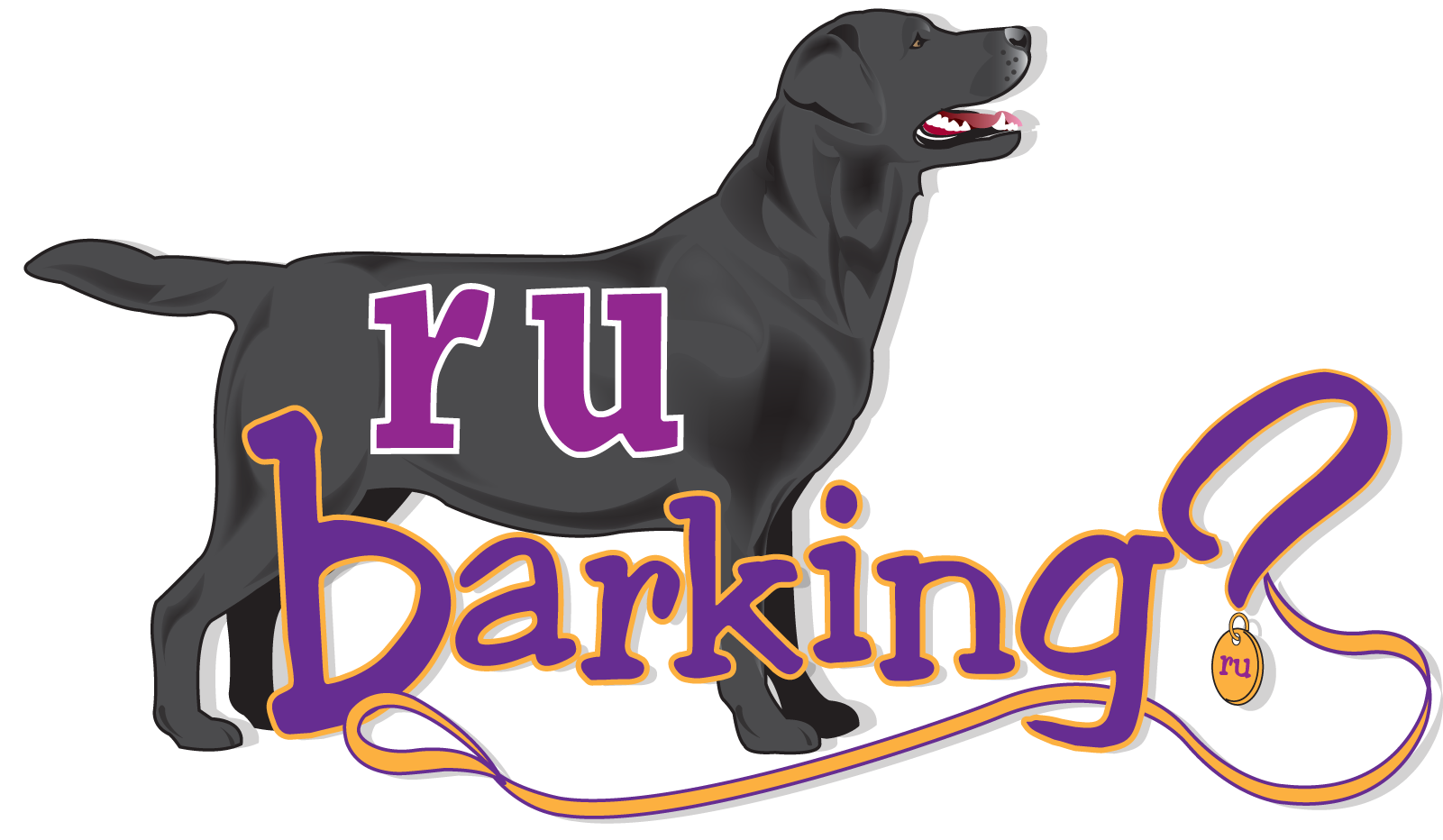
11 Oct Thinking of Adoption?
When natural disasters occur, such as brushfires, hurricanes, and severe cold weather storms, many pets become lost or separated from their families. Animal shelters experience a large influx of animals available for adoption.
Some people decide it’s a good time to adopt a dog, either for companionship or to “help the cause.” Before bringing a pup home, make sure you know what you are getting into. These guidelines will help you and your pup put your best paw forward.
Whether you adopt from a non-profit organization or a shelter, find out as much as you can about their background. The organization may have limited information but gather as much as possible.
Where did they come from? Did they live their whole life with one person, perhaps an elderly individual who passed away? Did they come from a household with children and other pets, and are now alone? Were they lost during a natural disaster, or simply misplaced? Has the dog bitten a human or attacked another animal?
Grief and Trauma: Remember that dogs have good memories and emotions. Any dog whose life has undergone significant changes will most likely be traumatized. They might also experience grief. In other words, you are adopting a vulnerable animal. However, this does not mean overlooking these pups, as they can also be very resilient.
Create a Haven: Find a location where your dog can be safe and quiet. While many people are opposed to crates, a crate with some toys can help your pup feel secure. Dogs that are crate-trained may even enter the crate themselves. If crates aren’t suitable for you, ensure the dog has a designated space. Regardless of using a crate or not, be sure to check on them frequently and provide water and bathroom breaks.
RULE NUMBER ONE, BE PATIENT!
Welcoming Your New Companion: Walk them around their new house on a leash. Repeat the process in the backyard, allowing them to explore their surroundings. Introduce the dog to family members and other animals in the house one by one, as too many people may be intimidating.
Establish a Routine: Dogs respond well to routines. It is beneficial to feed and walk them at consistent times, providing them with a predictable structure.
Breaks: Since they are in a new environment, they may have accidents at first, even if they are potty trained. Do not scold them for accidents, as they are learning about the environment. When they go outside, praise them with consistent words such as “Go Potty” or “Go tinkle.”
If your dog is not yet housebroken, there are products that can help. Male dogs can use Bellybands, which wrap around the lower half of the dog. Female diapers are perfect for girl dogs. Both options are available on Amazon. Above all, be patient and prioritize your dog’s comfort and well-being.

